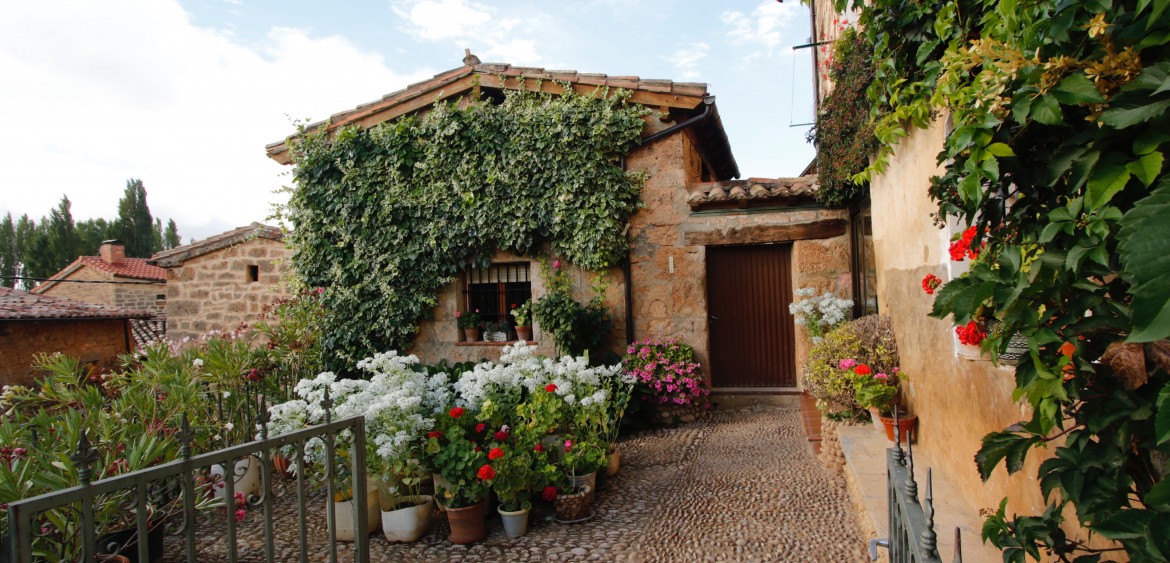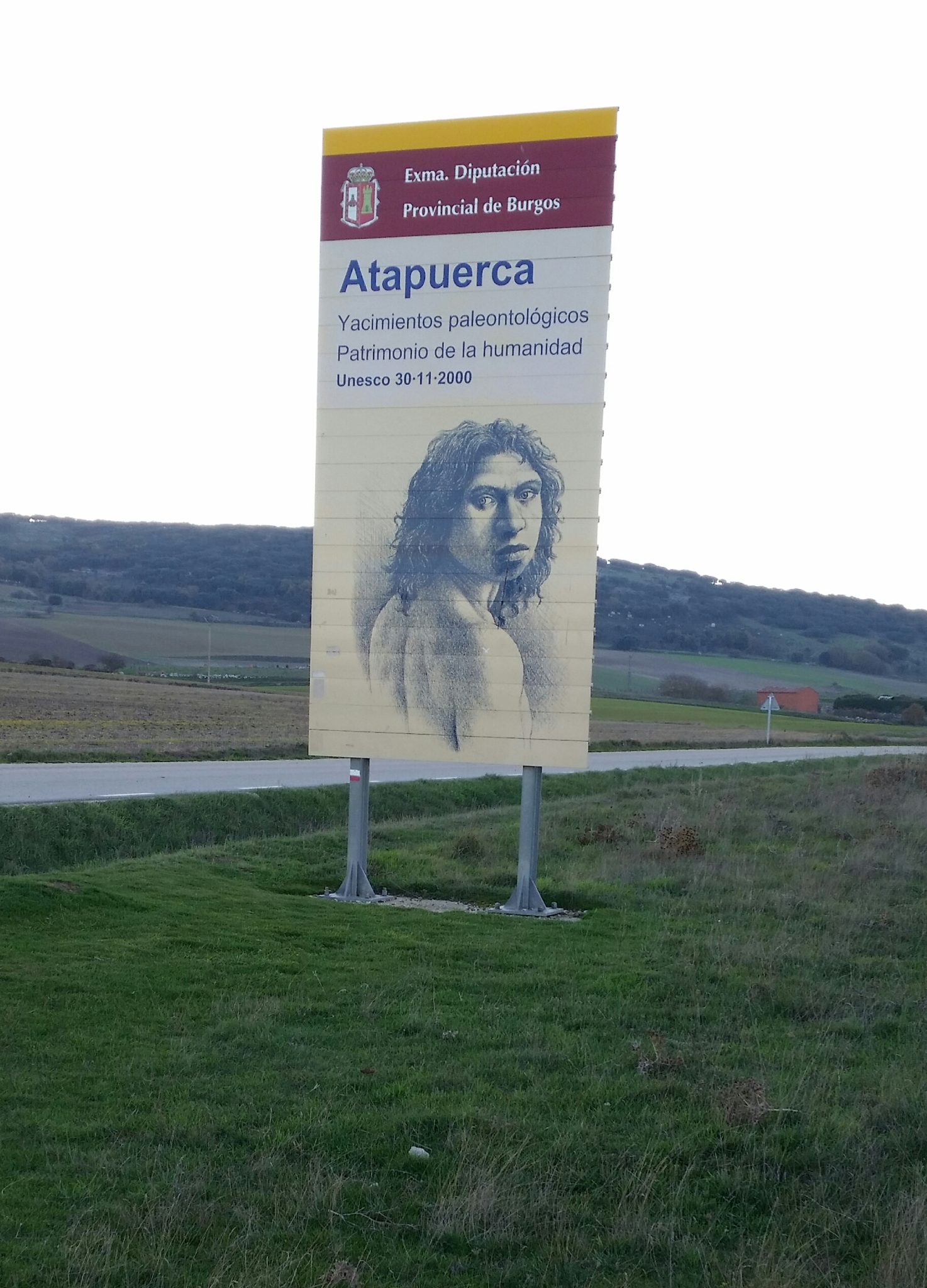Third stage: 30km from the stunning mountain village of Pineda de la Sierra to the remote mountain lodge “Valle del Sol”.
In all the religions of the world as the incipient faiths or philosophies spread out and grew roots the figure of the hermit emerged. These were individuals who lead an ascetic and solitary form of life focused on prayer and meditation. They were often sought out for spiritual advice and counsel and were considered holy as they were the practitioners of the purest form of their respective religions. In the Six Century AD a young priest, son of a Sheppard, took up the ascetic hermit life style in the exuberant forests of the “Sierra de la Demanda” mountain range in the East of Burgos. The hermit Millan carved out a cell in a rock and lived there in solitude for forty years till his death at the age of 101. He was well known and had many followers, at times he was so sought after that he had to venture deeper into the mountains to find peace and tranquility. He was buried in the cell in which he had lived and for centuries his sepulcher became a place of worship and pilgrimage. Millan was an extremely admired and venerated ascetic hermit of the Visigoth Era.
Many Centuries later however the Legendary Saint Millan reappeared at the crucial battle of Simancas in 939 AD where King Ramiro II of Leon and his allies were fighting a losing battle against Abderraman III Emir of the Califate of Cordoba. The Legend has it that Saint Millan appeared mounted on a white horse and wearing his hermit gown killing many enemy soldiers with his sword and changing the fate of the battle. Due to this legendary battle victory and other miracles, San Millan had a huge monastery built in his name where his remains were put to rest and was proclaimed the Patron of Castile and also had the highest peak in this mountain range named after him.
Stage 3 begins at the stunning mountain village of Pineda del la Sierra and heads straight up the track along the south face of the San Millan peak, after several kilometres along a track up to an altitud of 1800m it then follows a tecnical, steep single track trail up to the main mountain ridge which it then follows to the top of the San Millan Peak. It then heads down the south ridge through pine and beech tree forests to the Duengo river. It then crosses the road and heads towards the village of Pineda de la Sierra before making the final short climb to the mountain lodge “Valle del Sol”.
This post is also available in: Spanish












 English
English Spanish
Spanish